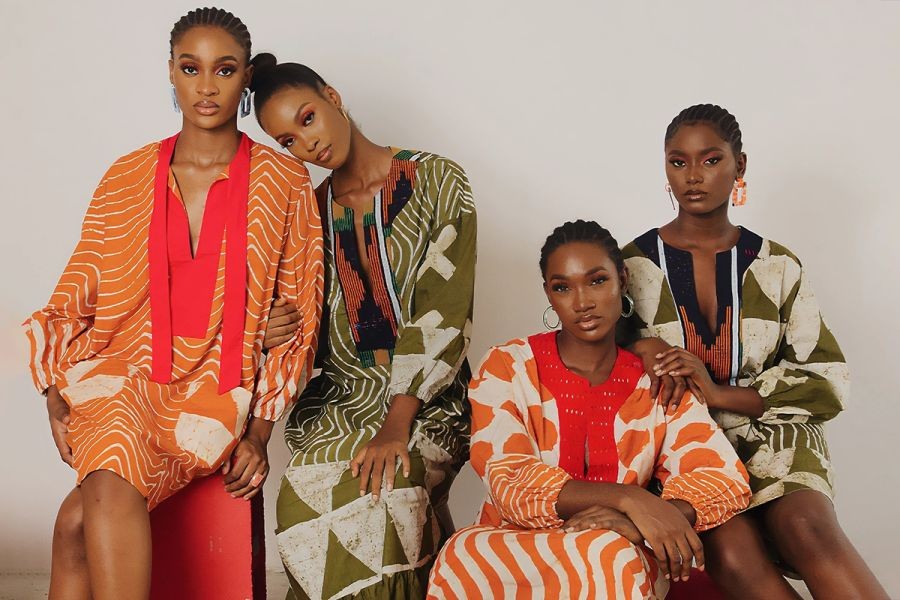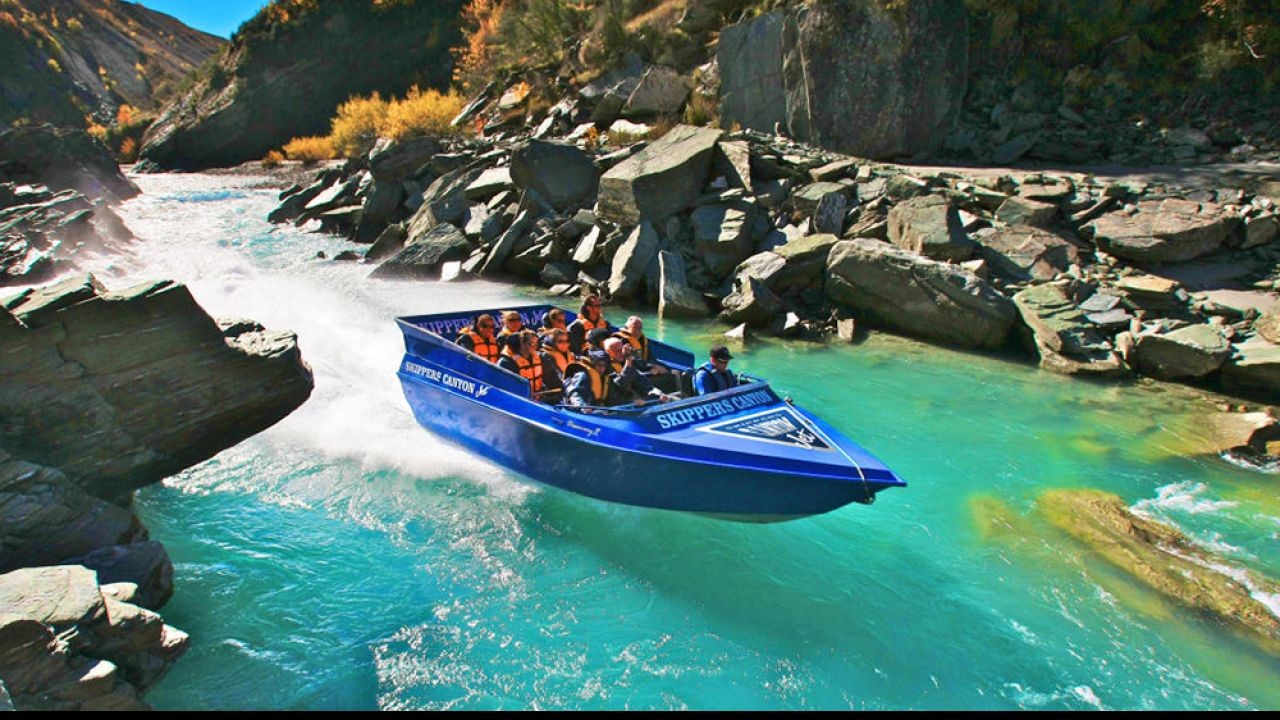In the vibrant landscape of New Zealand's fashion industry, a quiet revolution is underway. Eco-friendly fashion brands are not just a fleeting trend but a burgeoning movement reshaping the way Kiwis approach style and sustainability. This shift is driven by a growing awareness among consumers and businesses about the environmental impact of traditional fashion practices. The rise of eco-friendly fashion in New Zealand is not only a testament to changing preferences but also a reflection of broader economic and policy shifts within the country.
Understanding the Eco-Friendly Fashion Movement
The eco-friendly fashion movement in New Zealand is characterized by brands that prioritize sustainable materials, ethical production processes, and a commitment to reducing environmental impact. This trend aligns with the global push towards sustainability, but in the Kiwi context, it carries unique implications due to the country's distinct environmental challenges and socio-economic landscape.
The Role of New Zealand’s Economy and Policies
New Zealand's economy, with its strong emphasis on primary industries and exports, has a vested interest in sustainability. The Ministry of Business, Innovation, and Employment (MBIE) has been instrumental in promoting sustainable practices across various sectors, including fashion. The government's Zero Carbon Act and the Emissions Trading Scheme are pivotal in driving businesses towards eco-friendly practices.
Furthermore, according to Stats NZ, the fashion industry contributes significantly to the national GDP, making it imperative to balance economic growth with environmental stewardship. This dual focus ensures that the eco-friendly fashion movement is not just about aesthetics but also about aligning with national economic goals.
Case Studies: Eco-Friendly Fashion Brands in New Zealand
Case Study: Kowtow – Leading Sustainable Practices
Problem: Kowtow, an iconic New Zealand fashion brand, faced the challenge of maintaining high-quality production while adhering to sustainable practices. The use of conventional cotton, notorious for its environmental footprint, posed a significant hurdle.
Action: In response, Kowtow transitioned to 100% organic cotton, certified by the Global Organic Textile Standard. They adopted a transparent supply chain, ensuring fair wages and safe working conditions for their workers.
Result: Within two years, Kowtow reported a 30% increase in sales, attributed to their enhanced brand reputation and consumer trust. Their sustainable practices earned them accolades, positioning them as a leader in eco-friendly fashion.
Takeaway: Kowtow’s success underscores the importance of transparency and ethical sourcing. For New Zealand businesses, adopting similar practices can lead to improved brand loyalty and market differentiation.
Case Study: Maggie Marilyn – Redefining Luxury with Sustainability
Problem: Maggie Marilyn, another Kiwi brand, faced the challenge of integrating sustainability into the luxury fashion segment, traditionally known for its opulence and resource-intensive processes.
Action: The brand implemented a circular fashion model, focusing on reducing waste and using biodegradable materials. They partnered with local artisans to ensure ethical production methods.
Result: Maggie Marilyn saw a 25% increase in international sales, tapping into the global demand for sustainable luxury. Their approach set a precedent for other luxury brands aiming to go green.
Takeaway: This case illustrates that sustainability and luxury are not mutually exclusive. New Zealand brands can leverage this by incorporating eco-friendly practices to attract environmentally conscious consumers without compromising on luxury.
Pros and Cons of Eco-Friendly Fashion
As with any significant industry shift, the rise of eco-friendly fashion in New Zealand presents both opportunities and challenges.
✅ Pros:
- Environmental Impact: Reduces carbon footprint and conserves natural resources.
- Brand Differentiation: Enhances brand image and attracts eco-conscious consumers.
- Compliance: Aligns with national policies and international sustainability standards.
- Market Growth: Opens doors to new markets focused on sustainable products.
❌ Cons:
- Higher Costs: Initial investment in sustainable materials and processes can be significant.
- Supply Chain Challenges: Sourcing eco-friendly materials can disrupt traditional supply chains.
- Consumer Perception: Misunderstanding about the quality and price of sustainable fashion.
Debunking Myths About Eco-Friendly Fashion
Despite its growing popularity, several misconceptions surround eco-friendly fashion. Here are some common myths debunked:
Myth: Eco-friendly fashion is always more expensive. Reality: While initial costs can be higher, sustainable fashion often proves cost-effective in the long run due to its durability and quality.
Myth: Sustainable fashion lacks style variety. Reality: Many eco-friendly brands offer a wide range of styles, proving that sustainability and style can coexist.
Myth: Only large brands can afford to be sustainable. Reality: Small and medium-sized enterprises (SMEs) in New Zealand are increasingly adopting sustainable practices, often leading innovation in this space.
Future Trends and Predictions
As the eco-friendly fashion sector evolves, several trends are expected to shape its future in New Zealand:
- Increased Consumer Demand: By 2026, consumer demand for sustainable fashion is projected to grow by 40%, driven by increased environmental awareness.
- Technological Integration: Innovations such as blockchain for transparent supply chains and AI for sustainable material sourcing will become more prevalent.
- Policy Support: Continued support from the New Zealand government will facilitate the growth of eco-friendly businesses.
Conclusion: Embracing a Sustainable Future
The rise of eco-friendly fashion brands in New Zealand symbolizes a broader shift towards sustainability in the business landscape. As consumers become more environmentally conscious, brands that embed sustainability into their core practices are poised for success. The journey towards eco-friendly fashion is not without its challenges, but with the right strategies, New Zealand brands can lead the global movement towards a more sustainable future.
Are you ready to embrace eco-friendly fashion? Join the conversation and share your thoughts on how New Zealand can continue to innovate in this space!
People Also Ask (FAQ)
- How does eco-friendly fashion impact New Zealand’s economy? Eco-friendly fashion enhances market differentiation and aligns with national sustainability goals, potentially boosting GDP by creating new jobs in sustainable industries.
- What are the biggest misconceptions about eco-friendly fashion? A common myth is that sustainable fashion lacks style. In reality, many brands offer diverse and stylish options, debunking this misconception.
- What are the best strategies for implementing eco-friendly fashion? Start with sourcing sustainable materials, adopt transparent supply chains, and engage in ethical production practices to ensure long-term success.
Related Search Queries
- Eco-friendly fashion brands in New Zealand
- Sustainable fashion trends
- New Zealand fashion industry sustainability
- Impact of eco-friendly fashion on the environment
- How to start an eco-friendly fashion brand
- New Zealand government policies on sustainable fashion
- Future of eco-friendly fashion in New Zealand
- Challenges of sustainable fashion
- Case studies of sustainable fashion brands
- Eco-friendly materials in fashion

























